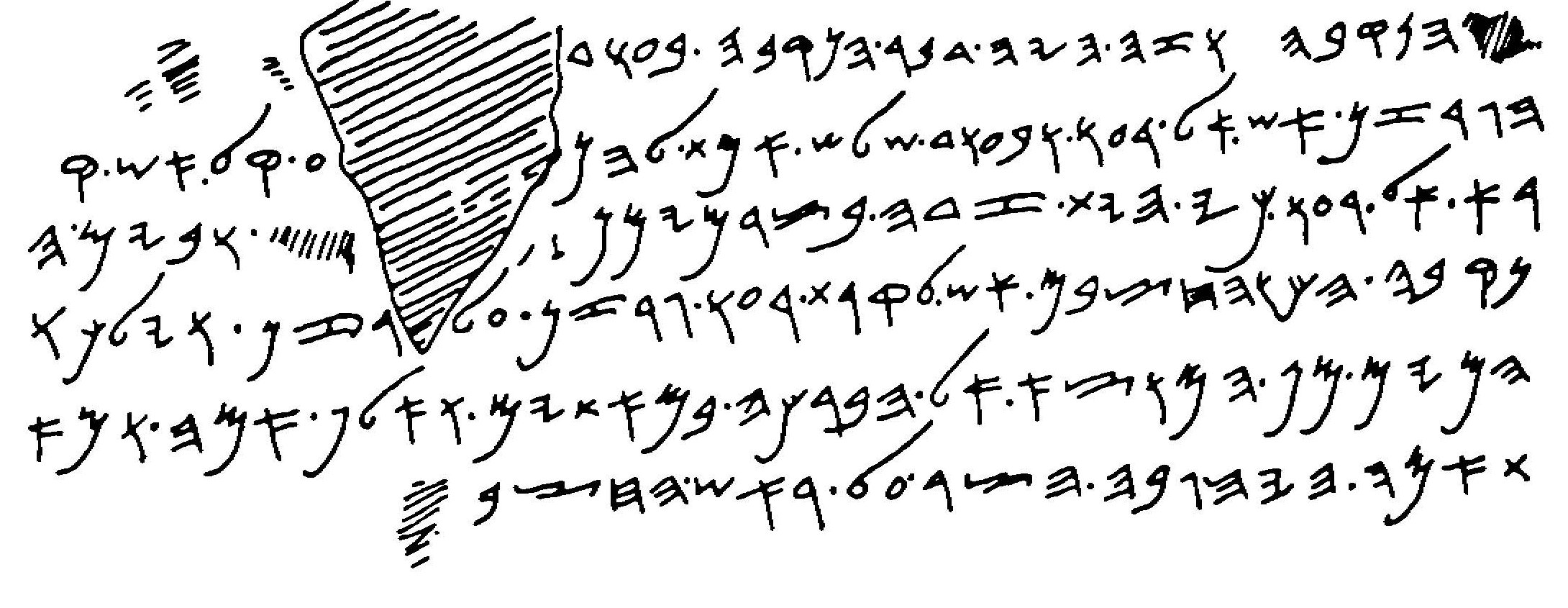The Siloam Inscription
Welcome back to our series of articles on the History of the Hebrew language. In the previous article, we looked at the Shebna Inscription. In this article, we will be looking at another example of Hebrew writing using the Phoenician script.
The Hebrew Bible (i.e., the “Old Testament”) records that King Hezekiah anticipated that the Assyrians were going to attack Jerusalem, and so he stopped the waters of the upper Gihon and redirected them into the city of David (2 Chronicles 32:2–3, 30). The Siloam Tunnel was likely ordered by King Hezekiah for this purpose.
Inside the Siloam Tunnel, an inscription was discovered, describing how the tunnel was cut.

Notice how the Hebrew text of the inscription is not written in the traditional Hebrew script, but with the Phoenician script.

According to the inscription, the tunnel was cut by two teams of stonecutters. Each team started from either end of the tunnel and tunnelled their way toward each other. Eventually, the two teams met in the middle, breaking through the rock in between them, thus completing the tunnel.

